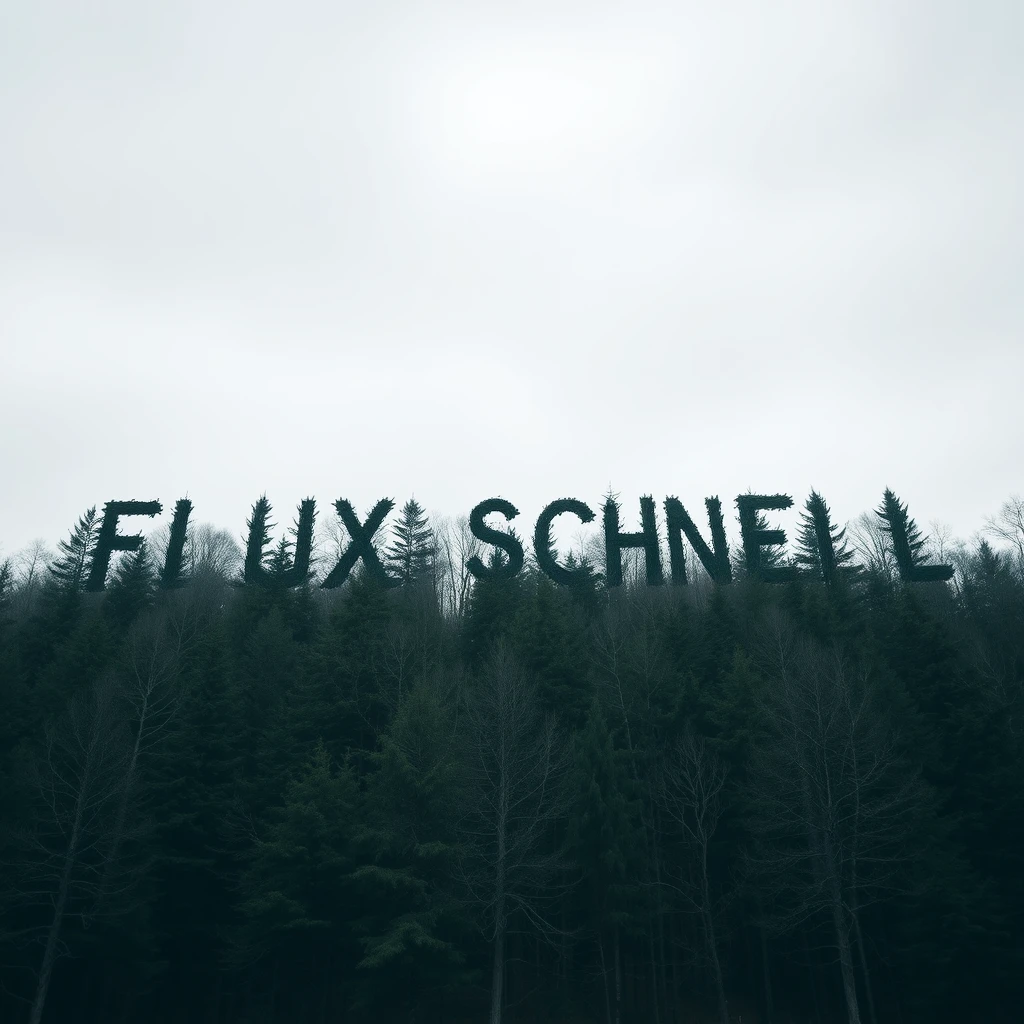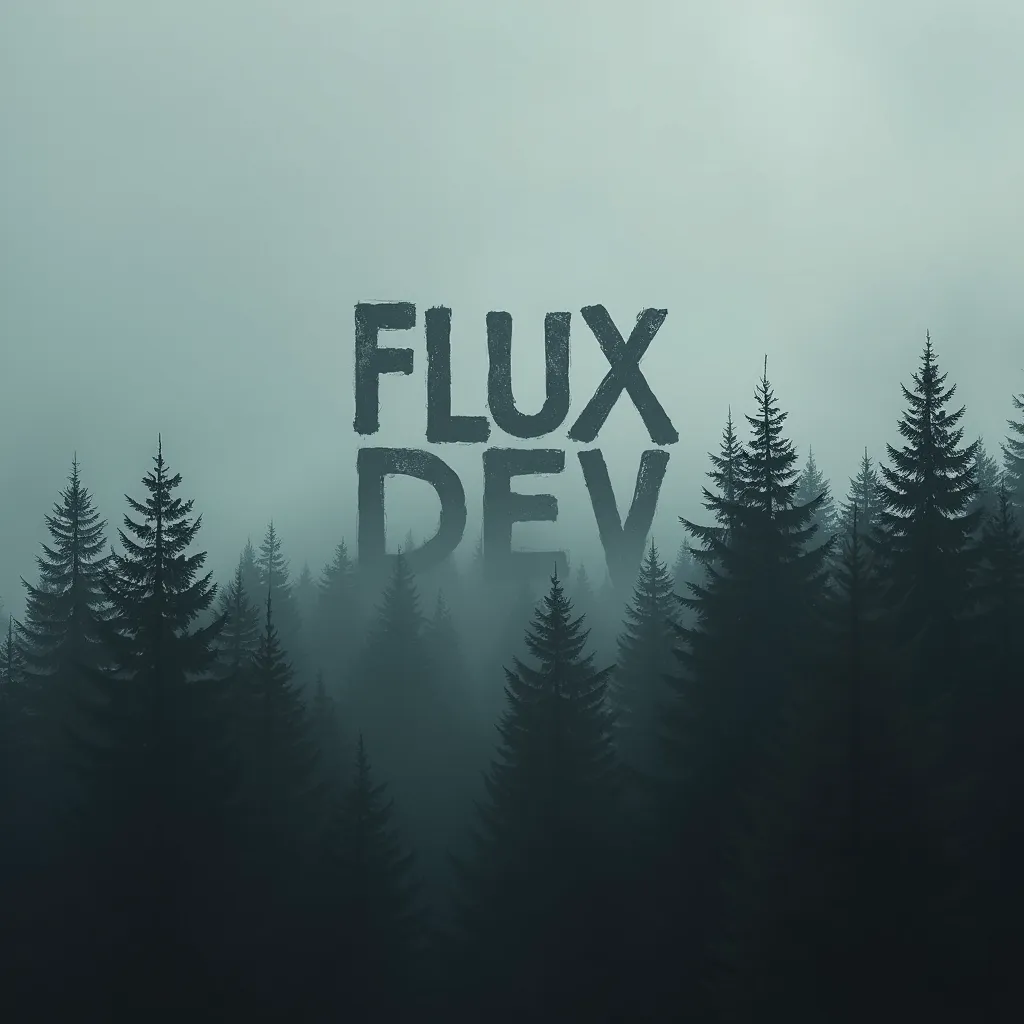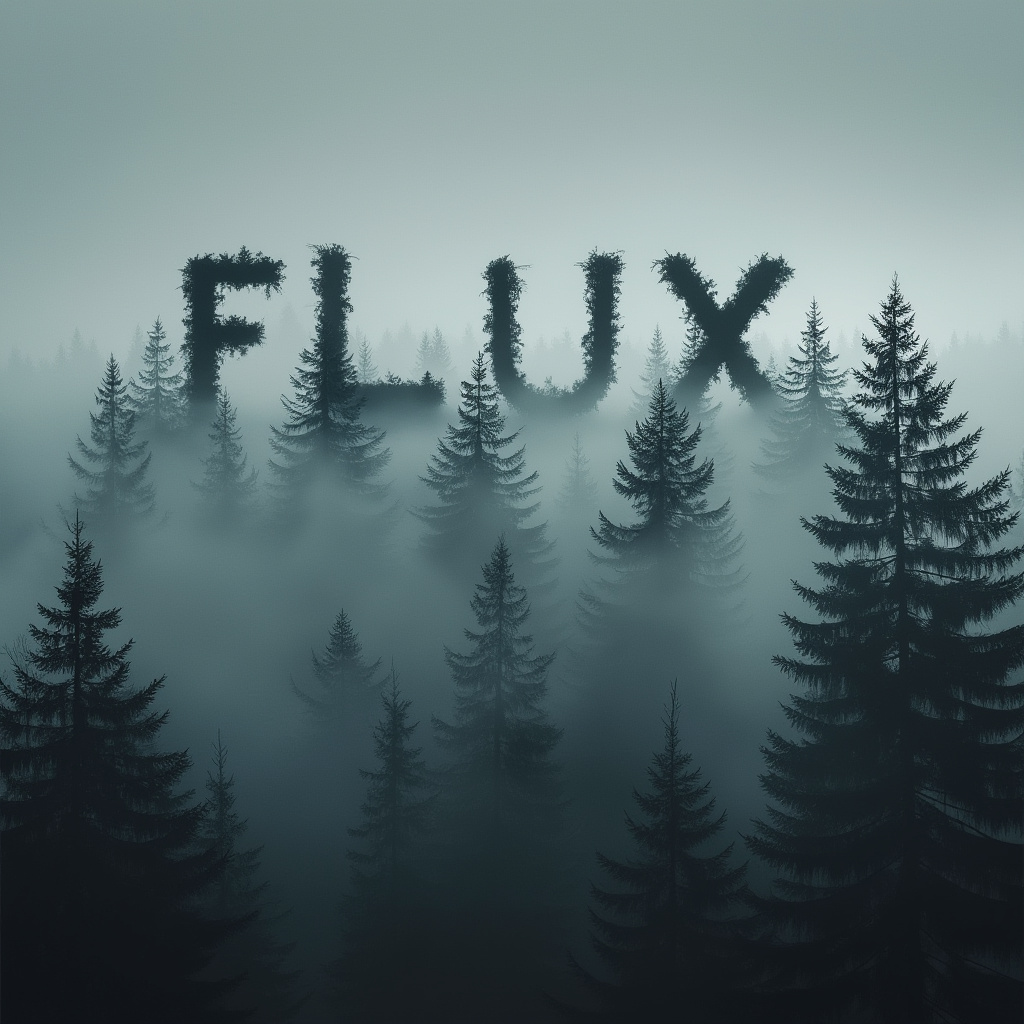Black-forest-labs
Models by this creator

flux-schnell

42.2K
flux-schnell is the fastest image generation model from Black Forest Labs, tailored for local development and personal use. It is a high-performing model that can generate high-quality images from text descriptions quickly. Compared to similar models like flux-pro and flux-dev, flux-schnell prioritizes speed over some advanced capabilities, making it a great choice for personal projects and rapid prototyping. Model inputs and outputs flux-schnell takes in a text prompt and generates an image in response. The model supports customizing the aspect ratio, output format, and quality of the generated images. It also allows setting a random seed for reproducible generation. Inputs Prompt**: A text description of the desired image Aspect Ratio**: The aspect ratio of the generated image, e.g. "1:1" for a square image Output Format**: The file format of the generated image, e.g. "webp" Output Quality**: The quality of the generated image, from 0 (lowest) to 100 (highest) Seed**: A random seed for reproducible generation Outputs Image**: The generated image in the requested format and quality Capabilities flux-schnell can generate a wide variety of images from text prompts, including scenes, objects, and abstract concepts. It excels at producing realistic-looking images with impressive detail and visual quality. The model is also very fast, allowing for rapid iteration and experimentation. What can I use it for? You can use flux-schnell for personal projects, rapid prototyping, or any application that requires fast image generation from text. It's a great tool for creating custom illustrations, visualizing ideas, or generating images for social media, presentations, and more. The model's speed and ease of use make it a valuable asset for anyone working on creative or visually-oriented projects. Things to try Try experimenting with different prompts to see the range of images flux-schnell can generate. You can also play with the aspect ratio, output format, and quality settings to find the sweet spot for your specific use case. Additionally, the ability to set a random seed can be useful for reproducibility or creating variations on a theme.
Updated 9/17/2024

flux-dev

6.8K
flux-dev is a 12 billion parameter rectified flow transformer capable of generating images from text descriptions. It is part of a suite of models developed by Black Forest Labs, including the more capable flux-pro and the faster flux-schnell. flux-dev is a guidance-distilled variant, optimized for better prompt following and visual quality compared to the base model. It is available for use through partnerships with Replicate and FAL. Model inputs and outputs flux-dev takes in a text prompt, an aspect ratio, guidance strength, and output format as inputs. It then generates a corresponding image based on the prompt. The output is a URI pointing to the generated image. Inputs Prompt**: The text prompt describing the image to generate Aspect Ratio**: The desired aspect ratio of the output image Guidance**: The strength of the guidance for the image generation (ignored for flux-schnell) Seed**: A random seed for reproducible generation Output Format**: The format of the output image (e.g. webp, png) Output Quality**: The quality setting when saving the output image (not relevant for .png) Outputs Image URI**: A URI pointing to the generated image Capabilities flux-dev is capable of generating high-quality, photorealistic images from a wide range of text prompts. It incorporates state-of-the-art techniques in text-to-image generation, such as Stable Diffusion and Imagen, to produce diverse and detailed outputs. What can I use it for? flux-dev can be used for a variety of creative and commercial applications, such as: Generating concept art or illustrations for games, films, or publications Creating custom stock images or product visualizations Exploring creative ideas and generating inspiration through visual prompts Things to try With flux-dev, you can experiment with different prompts to see the range of images it can generate. Try mixing genres, styles, and subjects to see the model's versatility. You can also play with the aspect ratio and guidance settings to achieve different aesthetic effects.
Updated 9/17/2024
🏋️
FLUX.1-dev

3.5K
The FLUX.1 [dev] is a 12 billion parameter rectified flow transformer developed by black-forest-labs that can generate images from text descriptions. It is part of the FLUX.1 model family, which includes the state-of-the-art FLUX.1 [pro] model as well as the efficient FLUX.1 [schnell] and the base flux-dev and flux-pro models. These models offer cutting-edge output quality, competitive prompt following, and various training approaches like guidance distillation and latent adversarial diffusion distillation. Model inputs and outputs The FLUX.1 [dev] model takes text prompts as input and generates corresponding images as output. The text prompts can describe a wide range of subjects, and the model is able to produce high-quality, diverse images that match the input descriptions. Inputs Text prompt**: A textual description of the desired image Outputs Generated image**: An image generated by the model based on the input text prompt Capabilities The FLUX.1 [dev] model is capable of generating visually compelling images from text descriptions. It matches the performance of closed-source alternatives in terms of output quality and prompt following, making it a powerful tool for artists, designers, and researchers. The model's open weights also allow for further scientific exploration and the development of innovative workflows. What can I use it for? The FLUX.1 [dev] model can be used for a variety of applications, such as: Personal creative projects**: Generate unique images to use in art, design, or other creative endeavors. Scientific research**: Experiment with the model's capabilities and contribute to the advancement of AI-powered image generation. Commercial applications**: Incorporate the model into various products and services, as permitted by the flux-1-dev-non-commercial-license. Things to try One interesting aspect of the FLUX.1 [dev] model is its ability to generate outputs that can be used for various purposes, as long as they comply with the specified limitations and out-of-scope uses. Experiment with different types of prompts to see the model's versatility and explore its potential applications.
Updated 8/31/2024

flux-pro

3.3K
The flux-pro is a state-of-the-art image generation model developed by black-forest-labs. It offers top-tier prompt following, visual quality, image detail, and output diversity, making it a powerful tool for creating high-quality images from text prompts. Compared to similar models like sdxl-lightning-4step, stable-diffusion, and aura-flow, the flux-pro stands out with its advanced capabilities and impressive performance. Model inputs and outputs The flux-pro takes a text prompt as input and generates a corresponding image as output. The input prompt can be a detailed description of the desired image, and the model will use this information to create a visually striking image that matches the prompt. Inputs Prompt**: Text prompt for image generation Outputs Output**: The generated image, returned as a URI Capabilities The flux-pro can create highly detailed and diverse images that faithfully represent the input prompt. Whether you're looking to generate realistic scenes, fantastical landscapes, or abstract art, the flux-pro has the capabilities to deliver impressive results. What can I use it for? The flux-pro is a versatile model that can be employed in a variety of applications, such as content creation for social media, illustration for publications, or even prototyping for product design. Its ability to generate high-quality images from text prompts makes it a valuable tool for creative professionals, marketers, and hobbyists alike. Things to try One interesting aspect of the flux-pro is its ability to capture nuanced details and complex compositions in its generated images. Try experimenting with detailed prompts that incorporate specific elements, textures, or moods, and see how the model translates these into visually stunning outputs.
Updated 9/17/2024
🔮
FLUX.1-schnell

2.0K
FLUX.1 [schnell] is a cutting-edge text-to-image generation model developed by the team at black-forest-labs. With a 12 billion parameter architecture, the model can generate high-quality images from text descriptions, matching the performance of closed-source alternatives. The model was trained using latent adversarial diffusion distillation, allowing it to produce impressive results in just 1 to 4 steps. Model inputs and outputs FLUX.1 [schnell] takes text descriptions as input and generates corresponding images as output. The model can handle a wide range of prompts, from simple object descriptions to more complex scenes and concepts. Inputs Text descriptions of the desired image Outputs High-quality images matching the input text prompts Capabilities FLUX.1 [schnell] demonstrates impressive text-to-image generation capabilities, with the ability to capture intricate details and maintain faithful representation of the provided prompts. The model's performance is on par with leading closed-source alternatives, making it a compelling option for developers and creators looking to leverage state-of-the-art image generation technology. What can I use it for? FLUX.1 [schnell] can be a valuable tool for a variety of applications, such as: Rapid prototyping and visualization for designers, artists, and product developers Generating custom images for marketing, advertising, and content creation Powering creative AI-driven applications and experiences Enabling novel use cases in areas like entertainment, education, and research Things to try Explore the limits of FLUX.1 [schnell]'s capabilities by experimenting with a diverse range of text prompts, from simple object descriptions to more complex scenes and concepts. Additionally, try combining FLUX.1 [schnell] with other AI models or tools to develop unique and innovative applications.
Updated 8/31/2024
🔮
FLUX.1-schnell

2.0K
FLUX.1 [schnell] is a cutting-edge text-to-image generation model developed by the team at black-forest-labs. With a 12 billion parameter architecture, the model can generate high-quality images from text descriptions, matching the performance of closed-source alternatives. The model was trained using latent adversarial diffusion distillation, allowing it to produce impressive results in just 1 to 4 steps. Model inputs and outputs FLUX.1 [schnell] takes text descriptions as input and generates corresponding images as output. The model can handle a wide range of prompts, from simple object descriptions to more complex scenes and concepts. Inputs Text descriptions of the desired image Outputs High-quality images matching the input text prompts Capabilities FLUX.1 [schnell] demonstrates impressive text-to-image generation capabilities, with the ability to capture intricate details and maintain faithful representation of the provided prompts. The model's performance is on par with leading closed-source alternatives, making it a compelling option for developers and creators looking to leverage state-of-the-art image generation technology. What can I use it for? FLUX.1 [schnell] can be a valuable tool for a variety of applications, such as: Rapid prototyping and visualization for designers, artists, and product developers Generating custom images for marketing, advertising, and content creation Powering creative AI-driven applications and experiences Enabling novel use cases in areas like entertainment, education, and research Things to try Explore the limits of FLUX.1 [schnell]'s capabilities by experimenting with a diverse range of text prompts, from simple object descriptions to more complex scenes and concepts. Additionally, try combining FLUX.1 [schnell] with other AI models or tools to develop unique and innovative applications.
Updated 8/31/2024